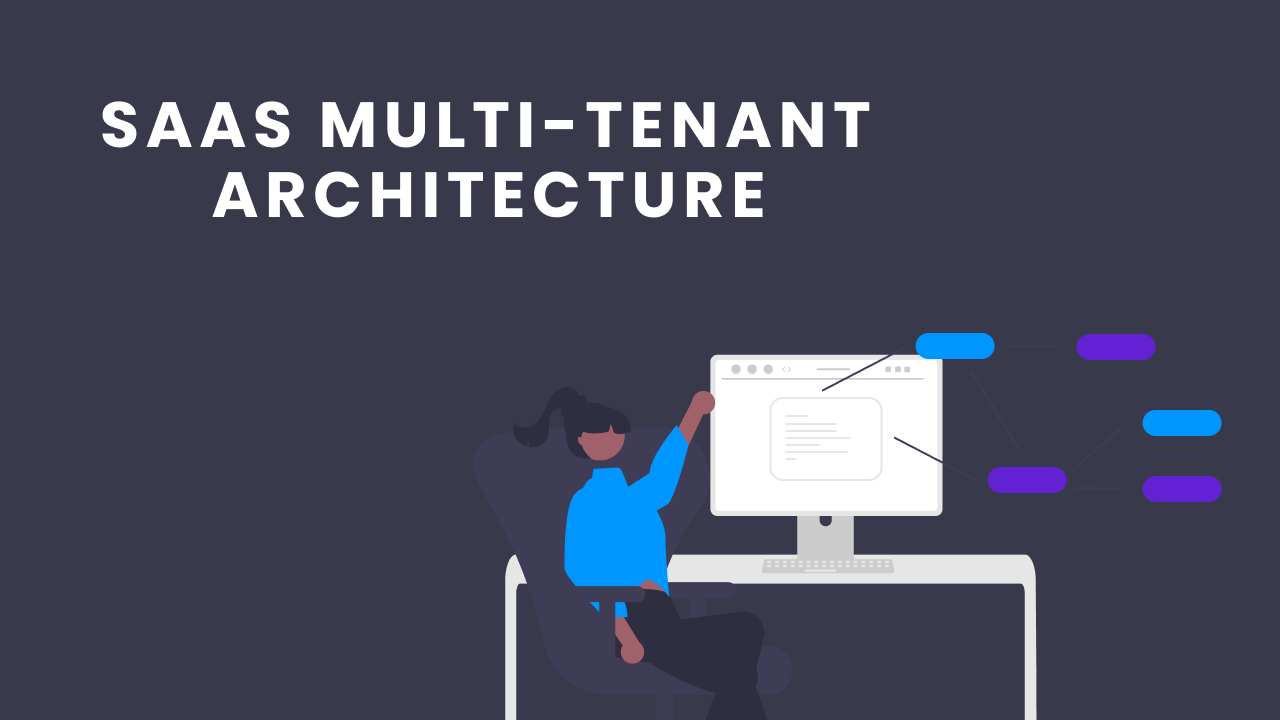Multitenancy is a type of software architecture in which a single instance of a software application runs on a server and serves multiple clients. It is used by a variety of software products, such as enterprise applications, online services, cloud-based applications, and Internet of Things (IoT) applications. Multitenancy offers the advantage of economies of scale, allowing the same instance of software to serve multiple tenants without having to run separate instances for each.
Multitenancy has become a popular way to reduce operating costs and improve scalability. There are many ways to implement multitenancy, and the particular approach to use depends on the application and the needs of the application’s tenants. This article will discuss the strategies and considerations for implementing multitenancy in PHP applications.
What Is Multitenancy?
Multitenancy is a type of software architecture that allows many customers to use the same application instance. The application instance, or software stack, is owned by a software provider who creates, controls, and responds to customer needs. This type of architecture is often referred to as “software as a service (SaaS)” because it enables the provider to maintain and upgrade the software without requiring each customer to make changes.
The advantage of multitenancy is that it reduces the cost and complexity of operating and maintaining multiple instances of the same software. It also allows tenant data to be stored in one shared database, allowing tenants to easily share data with other tenants.
The Advantages and Disadvantages of PHP Multitenancy
Using PHP for multitenancy offers some advantages. It is fast, easy to use, and widely supported. PHP is also a dynamic language, which allows for the development of software that can be quickly and easily changed to meet customer needs.
However, there are some drawbacks to using PHP for multitenancy. PHP is not as feature-rich as other languages, and it can be difficult to separate logic between tenants. Also, deploying applications written in PHP requires a different approach than other languages.
Strategies for Implementing Multitenancy in PHP Applications
There are a number of strategies for implementing multitenancy in applications written in PHP. The best approach depends on the particular application and the needs of its tenants. Here are some of the most common strategies:
Database-level Multitenancy
Database-level multitenancy involves having a separate database for each tenant. This approach is the simplest to implement, and it allows for the easy creation of tenant-specific data views. However, it can be difficult to maintain and can be expensive if the application has many tenants.
Table-level Multitenancy
Table-level multitenancy involves using a single database with several tables, each belonging to a specific tenant. This approach is more complex than database-level multitenancy, but it can be more efficient if the business needs support multiple tenants sharing data.
Application-level Multitenancy
In application-level multitenancy, the application code is written to support multiple tenants simultaneously. This approach requires the application code to be written to support the multitenancy environment, meaning it must be able to interact with different databases or different schemas. It also requires the application to be written in such a way that tenant-specific logic can be easily separated and implemented.
Schema-level Multitenancy
In schema-level multitenancy, multiple schemas are created in the same database, with each schema belonging to a specific tenant. This approach allows tenants to have their own tables and data structures, while still being able to share data with other tenants. It is also the most secure and efficient way to implement multitenancy in PHP applications.
Considerations for Implementing Multitenancy in PHP Applications
When implementing multitenancy in PHP applications, there are a few key considerations to keep in mind.
Data Security – Data security is of the utmost importance when implementing multitenancy. The architecture must be designed in such a way that tenant data is kept separate and secure. The application should also be designed to prevent malicious users from gaining access to tenant data.
Scalability – The architecture should be designed to ensure that the application is able to scale quickly and cost-effectively as the number of tenants increases. It should be designed in such a way that it can easily handle changes to tenant requirements and easily expand to support new tenants.
Flexibility – The architecture should also be designed to be flexible enough to accommodate changes in the application as tenant requirements change over time. This will ensure that the application remains cost-effective and maintainable over time.
Cost – Finally, the cost of implementing and maintaining the architecture should be taken into consideration. The architecture should be designed to minimize operational costs and unnecessary complexity while providing the best possible scalability and performance.
Multitenancy is a powerful architecture for applications built with PHP. It offers the advantage of economies of scale, allowing a single instance of the application to serve multiple tenants. However, in order to take full advantage of multitenancy, the architecture must be carefully designed to provide scalability, security, and flexibility. By keeping in mind the strategies and considerations for implementing multitenancy in PHP applications discussed in this article, you can be sure that your application is designed to be cost-effective and maintainable.

